Home>Garden Essentials>Garden Storage>What Is A Wardrobe


Garden Storage
What Is A Wardrobe
Modified: January 18, 2024
Discover the importance of a wardrobe for storage and organization. Learn how to maximize your space with different wardrobe options.
(Many of the links in this article redirect to a specific reviewed product. Your purchase of these products through affiliate links helps to generate commission for Storables.com, at no extra cost. Learn more)
Introduction
A wardrobe is not just a piece of furniture; it is a personal space that reflects one”s style, preferences, and organization skills. Whether you have a small closet or a spacious walk-in wardrobe, it plays a crucial role in keeping your clothes, shoes, and accessories neatly stored and easily accessible.
In this article, we will dive into the world of wardrobes, exploring their definition, purpose, different types, considerations when choosing one, tips for organizing and maximizing storage space, popular wardrobe designs, and tips for maintaining and caring for your wardrobe.
So, if you are ready to embark on a journey to discover the secrets of a well-organized and functional wardrobe, let”s dive in!
Key Takeaways:
- A wardrobe is more than just a storage solution; it’s a reflection of personal style and organization. From freestanding to built-in, there are various types to suit different needs and preferences, enhancing both functionality and aesthetics.
- Organizing and maintaining a wardrobe is essential for maximizing storage space and preserving the condition of clothes. Regular cleaning, proper ventilation, and thoughtful storage solutions contribute to a well-organized and visually appealing wardrobe.
Read more: What Is A Wardrobe Stylist
Definition of a Wardrobe
A wardrobe, also known as a closet or cupboard, is a piece of furniture designed for storing clothes, shoes, accessories, and other personal items. It provides a dedicated space to keep your belongings organized and protected from dust, sunlight, and other environmental factors that could potentially damage them.
Traditionally, a wardrobe consists of one or more compartments with shelves, drawers, hanging rods, and sometimes built-in mirrors. It can be freestanding or built-in, depending on the available space and personal preferences.
Wardrobes come in various sizes, styles, materials, and configurations. From minimalist designs with sleek lines to ornate and intricate detailing, there is a wide range of options to match different aesthetic preferences and interior decor styles.
One of the defining features of a wardrobe is its ability to provide a sense of organization and order. By keeping your clothes, shoes, and accessories neatly stored in designated compartments, a wardrobe helps you streamline your morning routine and find what you need easily.
Additionally, a wardrobe can also serve as a reflection of your personal style. From color-coordinated clothing arrangements to displaying your favorite accessories, it allows you to showcase your fashion sense and create a visually appealing space.
In today’s modern world, a wardrobe is not limited to just clothes storage. With the advancement of technology, many wardrobes now come equipped with features like built-in lighting, charging ports, and adjustable shelving systems to accommodate different storage needs.
Overall, the definition of a wardrobe extends beyond just a storage solution. It is a functional and aesthetically pleasing piece of furniture that helps to keep your personal belongings organized, protected, and easily accessible.
Purpose of a Wardrobe
The purpose of a wardrobe goes beyond mere storage. It serves as a vital organizational tool in our daily lives, offering several benefits and fulfilling multiple functions. Let’s explore the key purposes of a wardrobe:
1. Organization: One of the primary purposes of a wardrobe is to help us stay organized. With designated compartments such as shelves for folded clothes, hanging rods for dresses and shirts, and drawers for smaller items, a wardrobe allows us to categorize and arrange our belongings in a systematic manner. This not only makes it easier to find what we need, but it also reduces clutter and promotes a tidy living space.
2. Protection: A wardrobe provides protection for our clothes and other personal items. By shielding them from dust, sunlight, and moisture, it helps prolong their lifespan and maintains their quality. Additionally, a wardrobe with proper ventilation can prevent the growth of mold and mildew, ensuring that our garments remain fresh and odor-free.
3. Accessibility: Another important purpose of a wardrobe is to make our clothing and accessories easily accessible. With everything neatly organized and readily available, we can quickly choose outfits and accessories for different occasions. This saves us time and effort, especially during busy mornings when we need to get ready quickly.
4. Space Optimization: Wardrobes are designed to maximize storage space. They make efficient use of vertical and horizontal space, allowing us to store a large number of items within a compact area. This is particularly beneficial for those with limited living space or small apartments where every square inch counts.
5. Aesthetics: A well-designed wardrobe can enhance the aesthetics of a room. With various styles, finishes, and materials to choose from, a wardrobe can complement the overall interior decor and create a cohesive look. It can add a touch of sophistication and elegance to the space while reflecting our personal style and taste.
6. Privacy: Lastly, a wardrobe provides privacy for our personal belongings. It allows us to keep our clothes, shoes, and accessories hidden from view, maintaining a sense of privacy and preventing them from getting damaged or misplaced.
In summary, the purpose of a wardrobe extends far beyond storage. It helps us stay organized, protects our belongings, provides easy accessibility, optimizes space, enhances aesthetics, and offers a sense of privacy. By fulfilling these purposes, a wardrobe plays an essential role in maintaining a well-structured and harmonious living environment.
Different Types of Wardrobes
Wardrobes come in a variety of styles, sizes, and configurations to cater to different needs and preferences. Let’s explore some of the most common types of wardrobes:
1. Freestanding Wardrobe: Also known as a standalone wardrobe, this type of wardrobe is not attached to the walls and can be easily moved or rearranged. It is a popular choice for those who frequently change residences or prefer flexibility in their furniture arrangement. Freestanding wardrobes come in various designs and sizes, offering ample storage space for clothes, shoes, and accessories.
2. Built-in Wardrobe: A built-in wardrobe is custom-designed to fit seamlessly into the available space in a room. It is typically fixed to the walls and floor, making it a permanent fixture. Built-in wardrobes are highly versatile and can be tailored to specific storage needs. They can utilize every inch of available space, including utilizing high ceilings for additional storage options.
3. Walk-In Wardrobe: A walk-in wardrobe is a dream come true for those who have ample space to spare. It is a separate room or a designated area within a room that allows you to walk into the wardrobe. Walk-in wardrobes provide an abundance of storage space, allowing for easy organization of clothes, accessories, and even a dressing area. They often include features such as built-in lighting, full-length mirrors, and island units for added convenience.
4. Fitted Wardrobe: Similar to a built-in wardrobe, a fitted wardrobe is customized to fit snugly into the available space. Fitted wardrobes are tailored to the exact measurements of the room and often incorporate sliding doors to maximize space efficiency. They blend seamlessly with the room’s architecture and can be designed to match the existing decor style.
5. Mirrored Wardrobe: Mirrored wardrobes feature built-in mirrors on one or more of their doors. These wardrobes serve a dual purpose by combining storage functionality with a full-length mirror. Mirrored wardrobes help create a sense of space and light in smaller rooms, making them appear larger and more open.
6. Wardrobe with Drawers: Wardrobes with drawers provide additional storage options for smaller items, such as socks, underwear, and accessories. The drawers can be integrated into the design of the wardrobe, either as a built-in feature or as standalone units. This type of wardrobe eliminates the need for additional furniture pieces like dressers or chests of drawers.
7. Sliding Door Wardrobe: Sliding door wardrobes are a popular choice for those looking to save space. Instead of traditional hinged doors that swing open, sliding doors glide along tracks to reveal the interior of the wardrobe. Sliding door wardrobes are sleek and modern in design, making them ideal for contemporary interiors.
8. Open Wardrobe: An open wardrobe, as the name suggests, is a non-enclosed storage system for clothes and accessories. It typically consists of open shelves, hanging rods, and sometimes drawers. Open wardrobes offer easy access to clothes and allow for visible organization. They are a great option for those who prefer a minimalistic look or want to showcase their fashion collection.
It’s important to consider factors such as available space, storage needs, and personal style when choosing the type of wardrobe that suits you best. Each type has its own advantages and characteristics that can enhance the functionality and aesthetics of your living space.
Considerations When Choosing a Wardrobe
Choosing the right wardrobe for your needs requires careful consideration and planning. Here are some key factors to keep in mind when selecting a wardrobe:
1. Available Space: Measure the dimensions of the area where you plan to place the wardrobe. Consider both the width and height to ensure a proper fit. If space is limited, consider opting for a compact or built-in wardrobe to maximize storage without overcrowding the room.
2. Storage Requirements: Evaluate your storage needs to determine the size and configuration of the wardrobe. Consider factors such as the number of clothes, shoes, and accessories you have, as well as any specific storage requirements like hanging space, shelves, or drawers. Opt for a wardrobe that offers enough storage solutions to accommodate your belongings.
3. Quality and Durability: Wardrobes are an investment, so it’s important to choose one that is well-constructed and made of durable materials. Look for wardrobes made from sturdy materials like solid wood or high-quality engineered wood. Ensure that the hardware, such as hinges and handles, is also of good quality as they contribute to the overall durability and functionality of the wardrobe.
4. Style and Aesthetics: Consider the overall style and aesthetic of your room when selecting a wardrobe. Choose a design that complements your existing decor and reflects your personal style. Whether you prefer a modern, minimalist look or a more traditional and ornate design, there are numerous options available to suit different preferences.
5. Accessibility and Organization: Consider how easily accessible and organized you want your wardrobe to be. Look for features like adjustable shelves, hanging rods, and drawers that can help you keep your clothes and accessories neatly arranged. Additionally, think about the ease of access to different sections of the wardrobe and how well it facilitates your daily routine.
6. Budget: Set a budget for your wardrobe purchase and explore options within your price range. Keep in mind that while it is important to stick to a budget, investing in a quality wardrobe that meets your needs and lasts for years is often a wise decision.
7. Installation and Assembly: Consider whether you prefer a wardrobe that comes pre-assembled or one that requires assembly. Pre-assembled wardrobes are convenient and save time, but they may have limitations when it comes to navigating doorways or staircases. On the other hand, flat-packed wardrobes offer flexibility and can be easily transported, but require assembly skills or professional assistance.
8. Additional Features: Think about any additional features or accessories that may enhance the functionality of your wardrobe. This could include built-in lighting, integrated charging ports, pull-out shoe racks, or tie and belt organizers. Assess your specific needs and explore wardrobes that offer these features to make your storage experience more efficient and convenient.
By considering these factors when choosing a wardrobe, you can find the perfect one that meets your storage requirements, matches your style, and adds functionality and beauty to your living space.
When organizing your wardrobe, consider using storage solutions such as bins, baskets, and dividers to maximize space and keep items easily accessible. Group similar items together to create a more organized and efficient system.
Read more: What Are Wardrobe Staples
Organizing and Maximizing Storage Space in a Wardrobe
An organized wardrobe not only saves time and reduces stress but also maximizes the available storage space. Here are some tips to help you efficiently organize and make the most of the storage space in your wardrobe:
1. Declutter and Sort: Start by decluttering your wardrobe. Take out all your clothes, shoes, and accessories and assess each item. Donate or discard items that no longer fit, are damaged, or that you no longer wear. Sort the remaining items into categories such as tops, bottoms, dresses, and accessories.
2. Utilize Vertical Space: Make use of the vertical space in your wardrobe by incorporating hanging rods, hooks, or cascading hangers. Hang clothes that are better suited for hanging, such as dresses, blouses, and jackets. Opt for slim and non-slip hangers to maximize hanging space.
3. Fold and Stack: Fold and stack items such as t-shirts, sweaters, and jeans to make efficient use of shelves and drawers. Utilize folding techniques like the KonMari method or Marie Kondo method to ensure a neat and space-saving arrangement.
4. Use Shelf Dividers and Organizers: Install shelf dividers to separate different categories of items and prevent them from toppling over. Consider using fabric or acrylic shelf organizers to create separate compartments for items such as bags, scarves, or folded clothes.
5. Utilize Drawer Organizers: Use drawer organizers or dividers to keep smaller items like socks, underwear, and accessories neatly separated. These organizers prevent items from getting tangled or lost in the back of the drawer.
6. Utilize Door Space: Make use of the inside of your wardrobe doors for additional storage. Install hooks or hanging organizers to hang belts, ties, or scarves. You can also attach over-the-door shoe organizers to store shoes, accessories, or small items.
7. Optimize Floor Space: Use the floor space of your wardrobe wisely. Place shoes on shoe racks or invest in shoe cubbies to keep them organized and prevent them from taking up excessive space. Consider under-bed storage boxes or vacuum-sealed bags for seasonal clothing or items you don’t frequently use.
8. Label and Categorize: Use labels or tags to identify specific sections or storage containers. Categorize your items further by color, type, or occasion to make it easier to locate items quickly while maintaining an organized appearance.
9. Regularly Rotate Seasonal Items: To create more space, consider rotating your seasonal clothing. Store off-season clothes in vacuum-sealed bags or storage containers to free up valuable space within your wardrobe. This ensures that you have easy access to the clothes you need while keeping your wardrobe clutter-free.
10. Review and Reorganize Periodically: Regularly reassess your wardrobe to maintain its organization. Remove any items that no longer serve you and reorganize sections as needed. This will help prevent clutter from building up and ensure your wardrobe remains functional and well-organized over time.
By following these tips, you can create a well-organized wardrobe that maximizes storage space and makes it easier to find and access your clothing and accessories. Remember, an organized wardrobe not only looks visually appealing but also simplifies your daily routine and helps you maintain a clutter-free living space.
Examples of Popular Wardrobe Designs
When it comes to wardrobe designs, there are numerous options available to suit different tastes and storage needs. Here are some examples of popular wardrobe designs:
1. Minimalist Wardrobe: Minimalist wardrobes are characterized by clean lines, simplicity, and a streamlined design. They often feature neutral colors, smooth surfaces, and sleek handles or hidden hardware. These wardrobes focus on functionality and tend to have fewer decorative elements, creating an uncluttered and modern look.
2. Scandinavian Wardrobe: Inspired by Nordic design principles, Scandinavian wardrobes are known for their light colors, natural materials, and minimalist aesthetic. They often feature light-colored wood such as pine or oak, with clean lines and simple forms. Scandinavian wardrobes prioritize functionality and incorporate ample storage space with a focus on practicality.
3. Traditional Wardrobe: Traditional wardrobes exude elegance and have a timeless appeal. These designs often feature rich, dark wood, intricate detailing, and decorative elements such as crown molding or carved accents. Traditional wardrobes may have raised panel doors, antique-inspired hardware, and a warm, inviting ambiance that adds a touch of sophistication to any room.
4. Modern Wardrobe: Modern wardrobes embrace contemporary design elements and innovative features. They often incorporate materials like glass, metal, or high gloss finishes and may have unique door designs, such as sliding or pivot doors. Modern wardrobes prioritize functionality and may include features like integrated lighting, built-in mirrors, and adjustable shelving systems.
5. Industrial Wardrobe: Industrial-style wardrobes draw inspiration from warehouses and factories, combining raw materials with urban aesthetics. They often feature metal frames, exposed hardware, and a mix of materials like reclaimed wood or distressed finishes. Industrial wardrobes create a unique and edgy look, perfect for those who enjoy a mix of vintage and contemporary styles.
6. Contemporary Wardrobe: Contemporary wardrobes blend elements of different styles and focus on clean, sleek designs. They often feature a combination of materials like wood, glass, and metal, with minimalistic detailing. Contemporary wardrobes prioritize functionality and emphasize simplicity and versatility, making them suitable for a wide range of interior design styles.
7. Built-in Wardrobe with Sliding Doors: Built-in wardrobes with sliding doors are a popular choice for their space-saving and stylish design. These wardrobes are customized to fit seamlessly into the available space, often spanning from floor to ceiling. Sliding doors help maximize space efficiency and can feature various finishes like mirrors, frosted glass, or wooden panels, adding both functionality and aesthetic appeal.
8. Walk-In Wardrobe with Island: For those with ample space, a walk-in wardrobe with an island serves as the epitome of luxury and functionality. This design features an island unit in the center, providing additional storage, a display area, and a dressing space. Walk-in wardrobes often offer plenty of hanging space, shelving units, and customization options to create a personalized and lavish storage solution.
These are just a few examples of popular wardrobe designs available. Each design offers distinct features, allowing you to select one that matches your style, storage needs, and personal preferences. Remember to consider the available space and functionality when choosing the right wardrobe design for your home.
Maintaining and Caring for Your Wardrobe
A well-maintained wardrobe not only prolongs the lifespan of your clothes but also ensures that your storage space remains organized and functional. Here are some tips for maintaining and caring for your wardrobe:
1. Regular Cleaning: Keep your wardrobe clean by regularly dusting the surfaces, vacuuming the shelves, and wiping down any spills or stains. Use a gentle cleaning solution and a soft cloth to avoid damaging the materials. Pay special attention to the corners and crevices where dust tends to accumulate.
2. Air Circulation: Allow for proper air circulation within your wardrobe. Moisture can lead to mold and unpleasant odors, so ensure the area is well-ventilated. Consider using moisture-absorbing products like silica gel packets or charcoal to prevent humidity buildup.
3. Protect Against Moths: Wardrobes are susceptible to moth infestations, which can damage your clothes. Use mothballs, cedar blocks, or sachets filled with lavender or herbs known to repel moths. Regularly inspect your clothing for signs of moth damage, such as small holes or discoloration.
4. Storing Seasonal Clothes: When storing seasonal clothes, ensure they are clean and completely dry before packing them away. Use vacuum-sealed bags, airtight containers, or garment bags to protect them from dust, insects, and moisture. Label the containers to easily identify their contents.
5. Handling Delicate Items: Delicate fabrics and special garments require extra care. Follow the care instructions on the clothing labels and consider hand-washing or dry cleaning when necessary. To prevent stretching or misshaping, fold delicate items with acid-free tissue paper or hang them on padded hangers.
6. Regular Maintenance of Hardware: Maintain the hardware of your wardrobe, such as hinges, handles, and drawer slides. Check for loose screws or other signs of wear and tighten or replace them as needed. Lubricate moving parts, if applicable, to ensure smooth functionality.
7. Rotate and Refresh: Regularly rotate the items in your wardrobe to prevent unnecessary wear and tear. Switch out the clothes you wear frequently with those that are less used to ensure equal distribution of weight and exposure.
8. Avoid Overloading: Avoid overloading your wardrobe with excessive weight or placing heavy items on delicate shelves. Distribute the weight evenly and use additional supports, such as brackets or reinforcement, if needed.
9. Store Shoes Properly: Keep your shoes organized and maintain their shape by using shoe racks, boxes, or organizers. Avoid stacking shoes on top of each other, as this can deform the footwear or cause unwanted marks.
10. Regular Inspection: Conduct regular inspections of your wardrobe to identify any issues or repairs that may be needed. Check for loose or damaged parts, sagging shelves, or any signs of wear and tear. Address these issues promptly to prevent further damage.
By following these tips, you can maintain the cleanliness, organization, and functionality of your wardrobe. Regular care and attention will ensure that your clothes remain in good condition and your storage space continues to serve you well for years to come.
Conclusion
A wardrobe plays a crucial role in our lives, serving as a dedicated space to store and organize our clothes, shoes, and accessories. It goes beyond being a mere piece of furniture and becomes a reflection of our style, personality, and organization skills.
In this article, we explored the definition of a wardrobe and its purpose in our daily lives. We discussed the different types of wardrobes, ranging from freestanding to built-in, and explored their unique characteristics and benefits. We also explored the considerations to keep in mind when choosing a wardrobe, such as available space, storage requirements, and budget.
Organizing and maximizing storage space in your wardrobe is essential for both functionality and aesthetics. We discussed tips for decluttering, utilizing vertical space, and making use of organizers and dividers to create a well-organized wardrobe. We also explored popular wardrobe designs, such as minimalist, traditional, and contemporary, highlighting their distinctive features and styles.
Maintaining and caring for your wardrobe is crucial to ensure its longevity and preserve the condition of your clothes. Regular cleaning, proper ventilation, and protection against moths were among the key maintenance tips discussed. We also emphasized the importance of handling delicate items with care and regularly inspecting the wardrobe for any repairs or adjustments needed.
In conclusion, a well-designed and organized wardrobe enhances our daily lives by providing easy access to our clothes, promoting tidiness, and reflecting our personal style. By considering the type of wardrobe that suits our needs, organizing it efficiently, and maintaining it regularly, we can create a functional and visually appealing space that brings joy and convenience to our everyday routines.
So, take the time to invest in a wardrobe that meets your needs, organize it to your liking, and care for it with regular maintenance. Your wardrobe will not only become a practical storage solution but also a reflection of your personality and a source of inspiration each time you get dressed.
Frequently Asked Questions about What Is A Wardrobe
Was this page helpful?
At Storables.com, we guarantee accurate and reliable information. Our content, validated by Expert Board Contributors, is crafted following stringent Editorial Policies. We're committed to providing you with well-researched, expert-backed insights for all your informational needs.
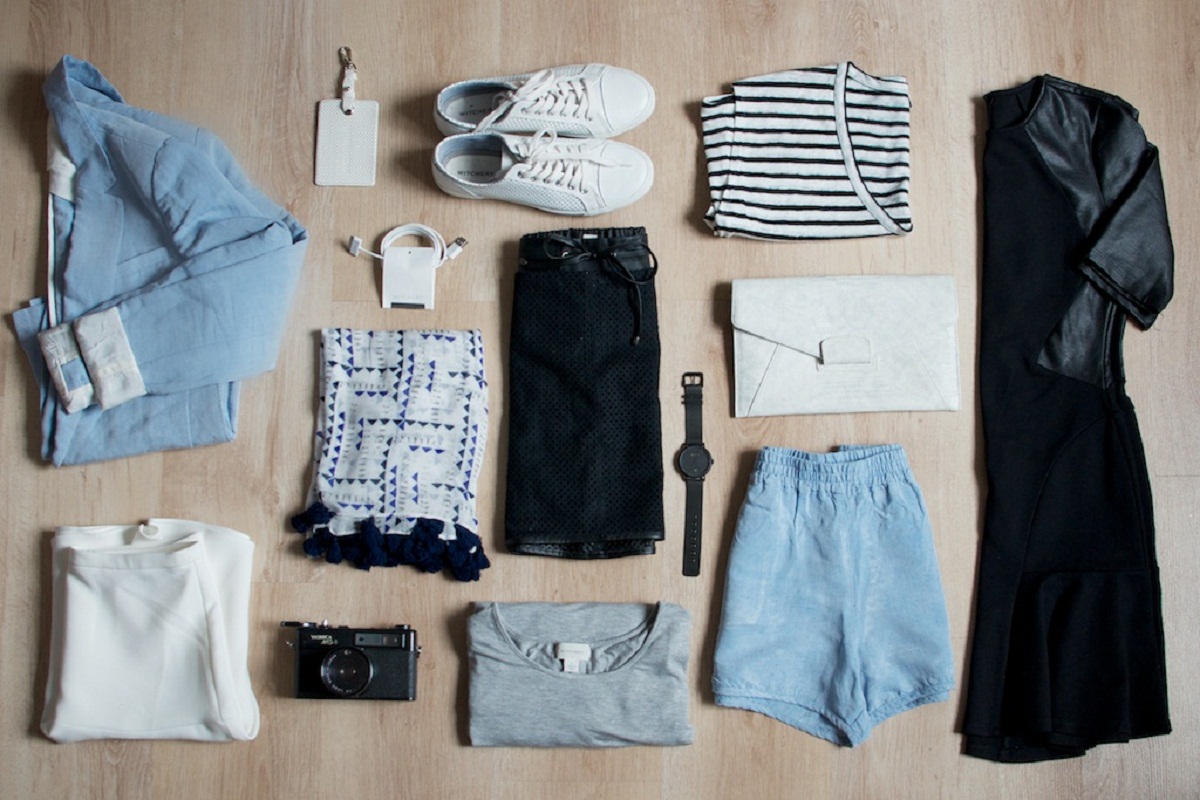
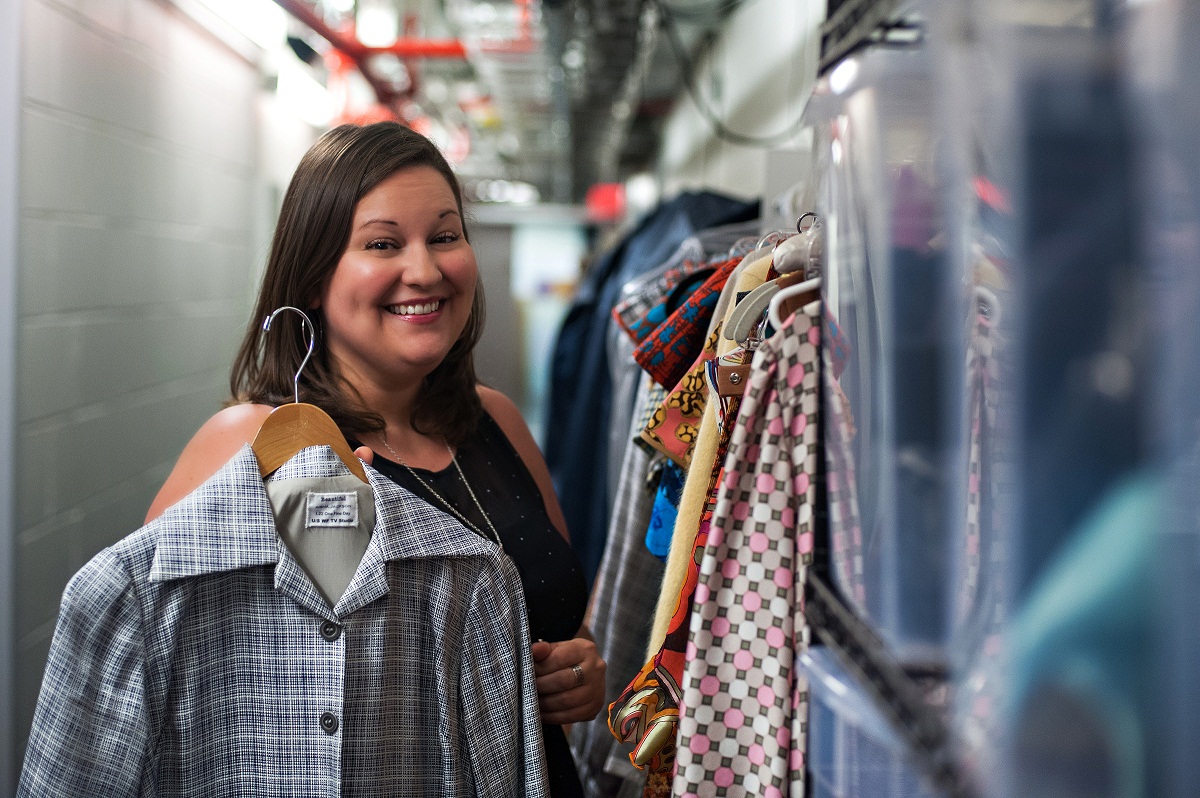
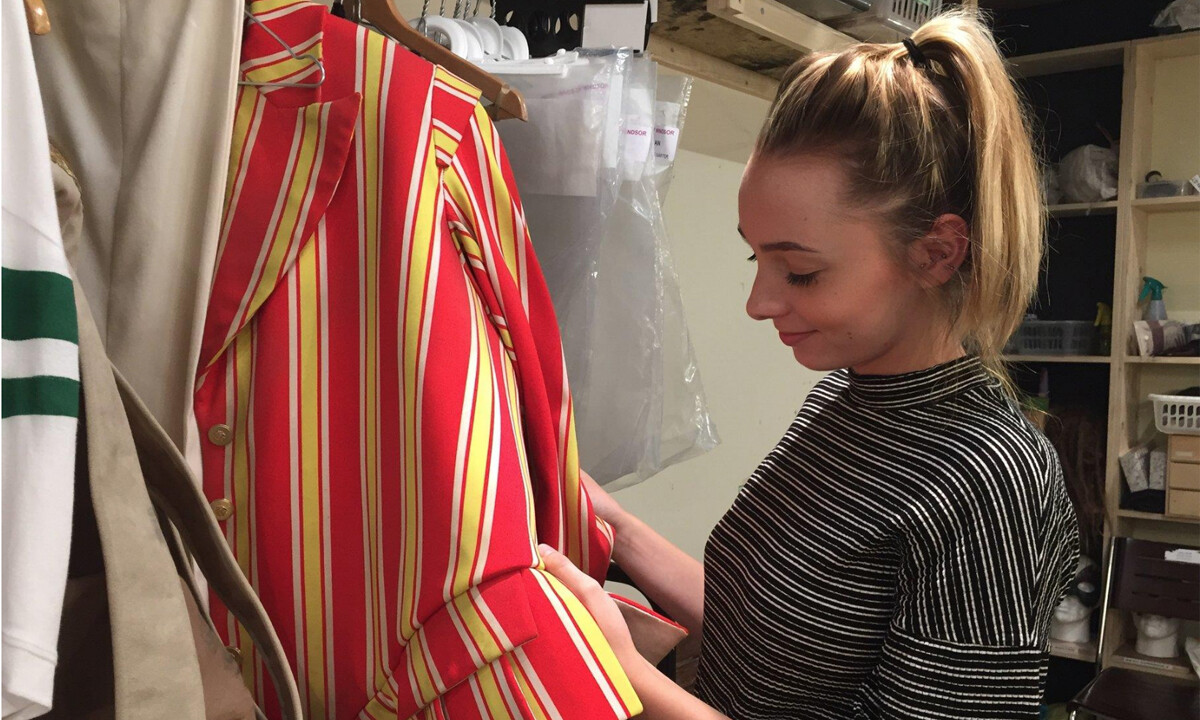
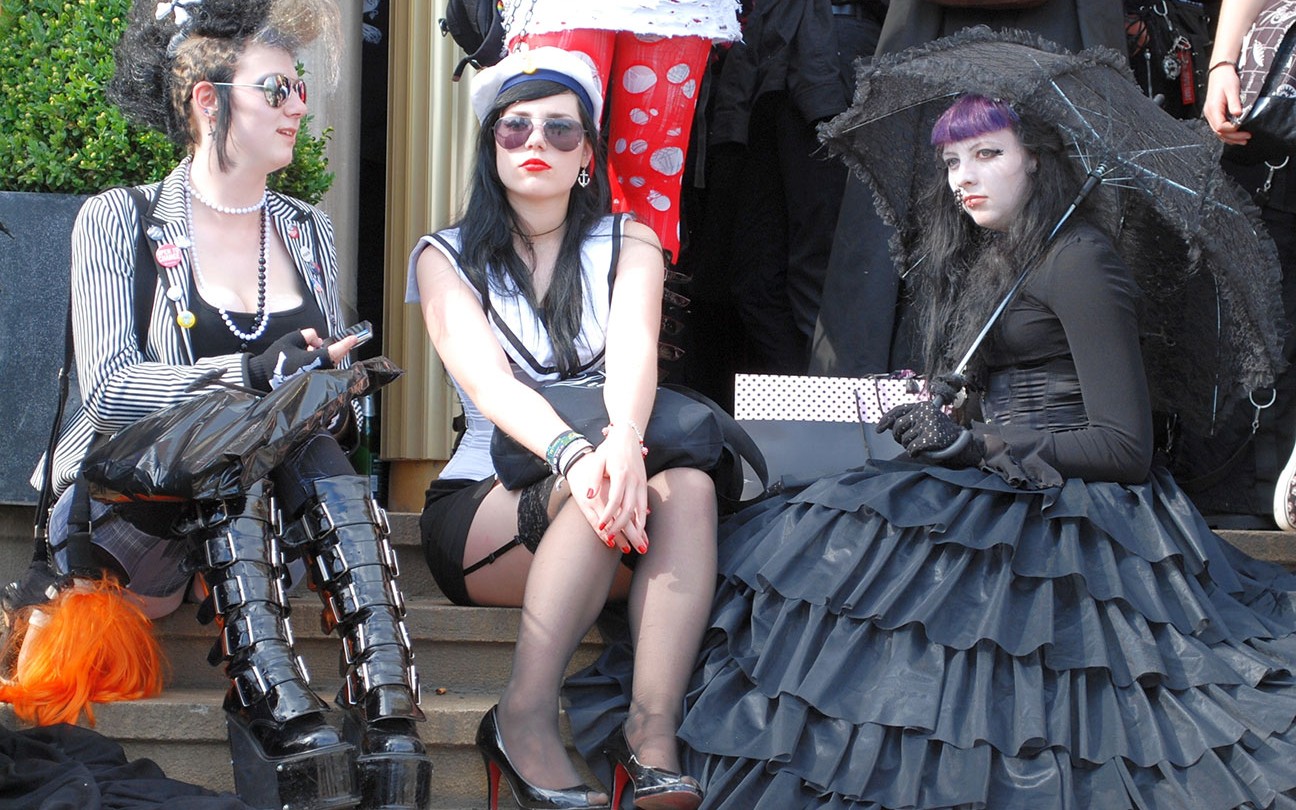

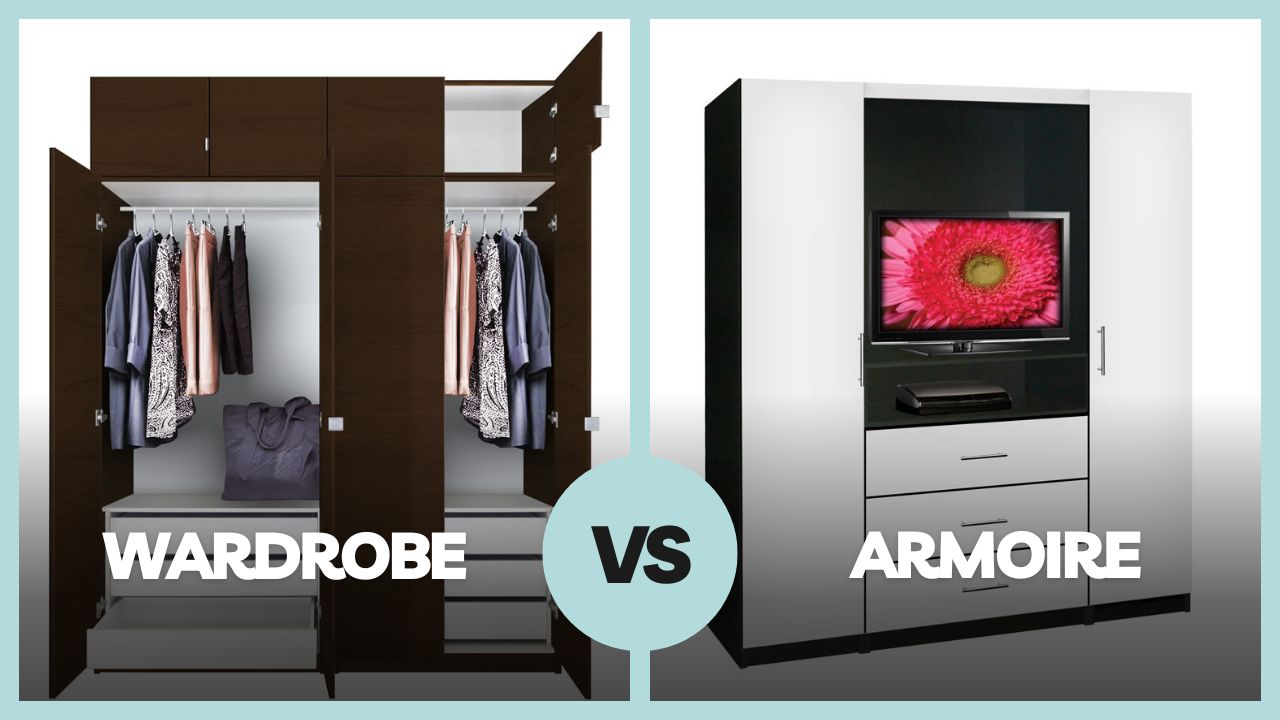
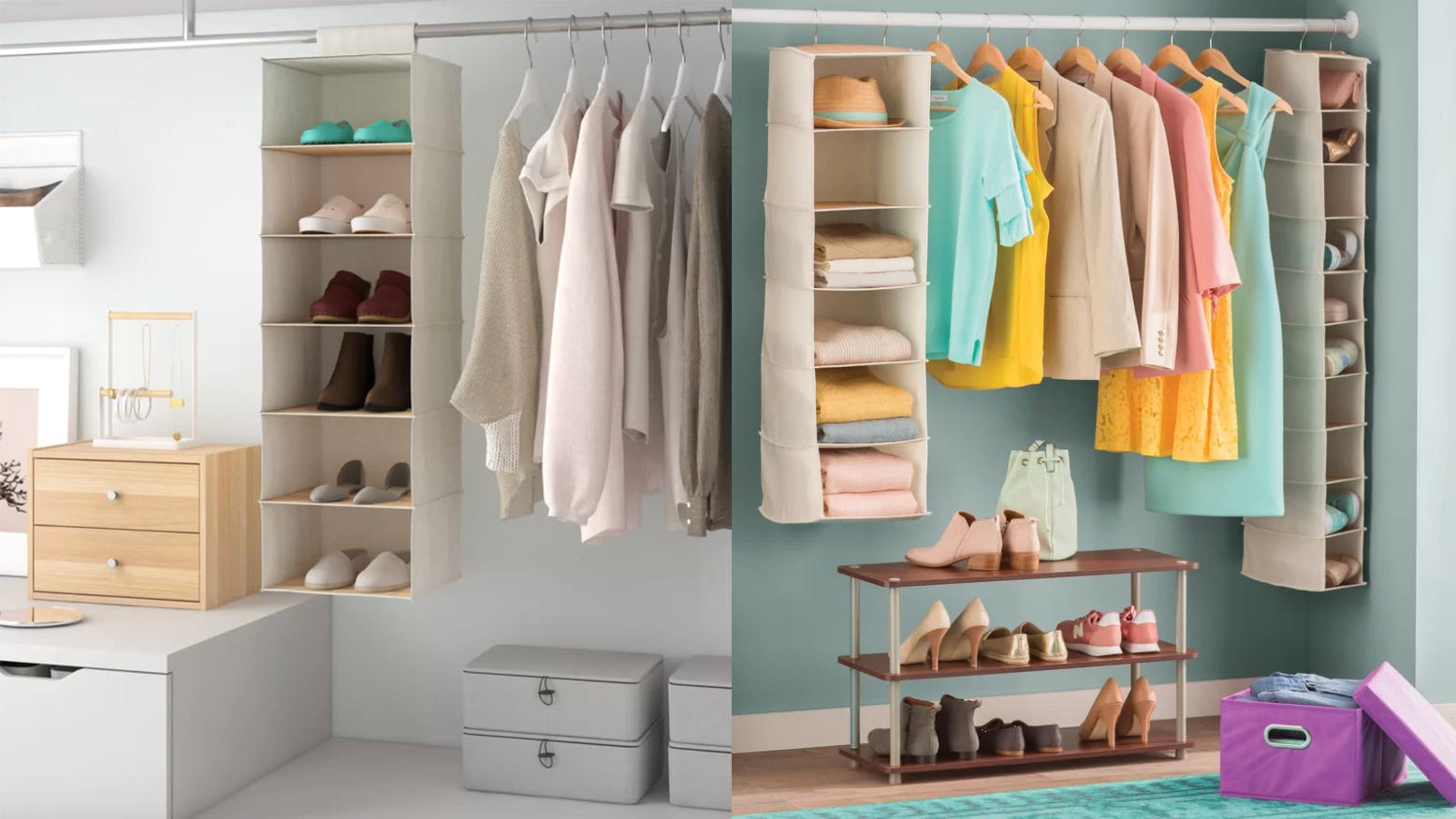
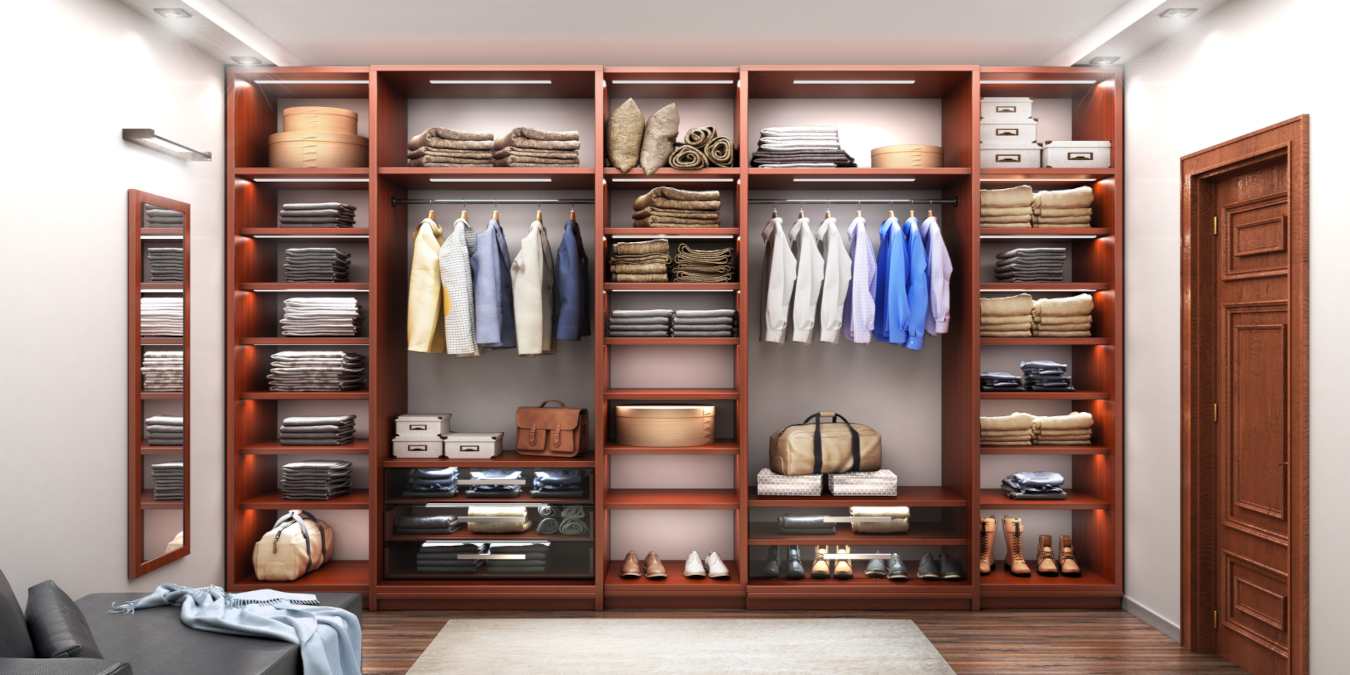
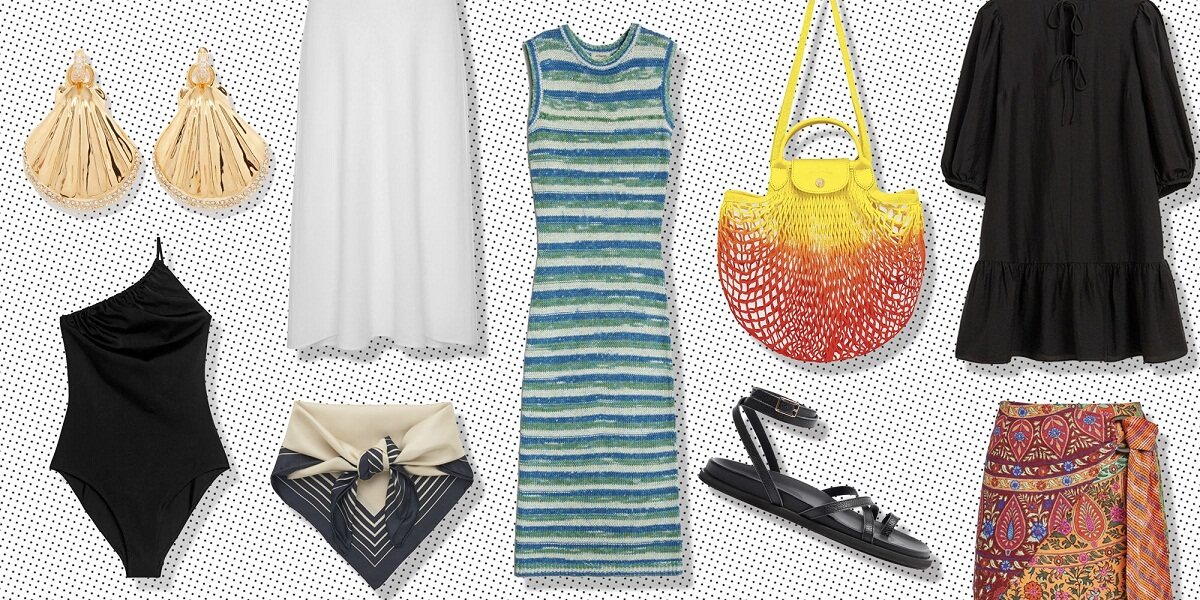
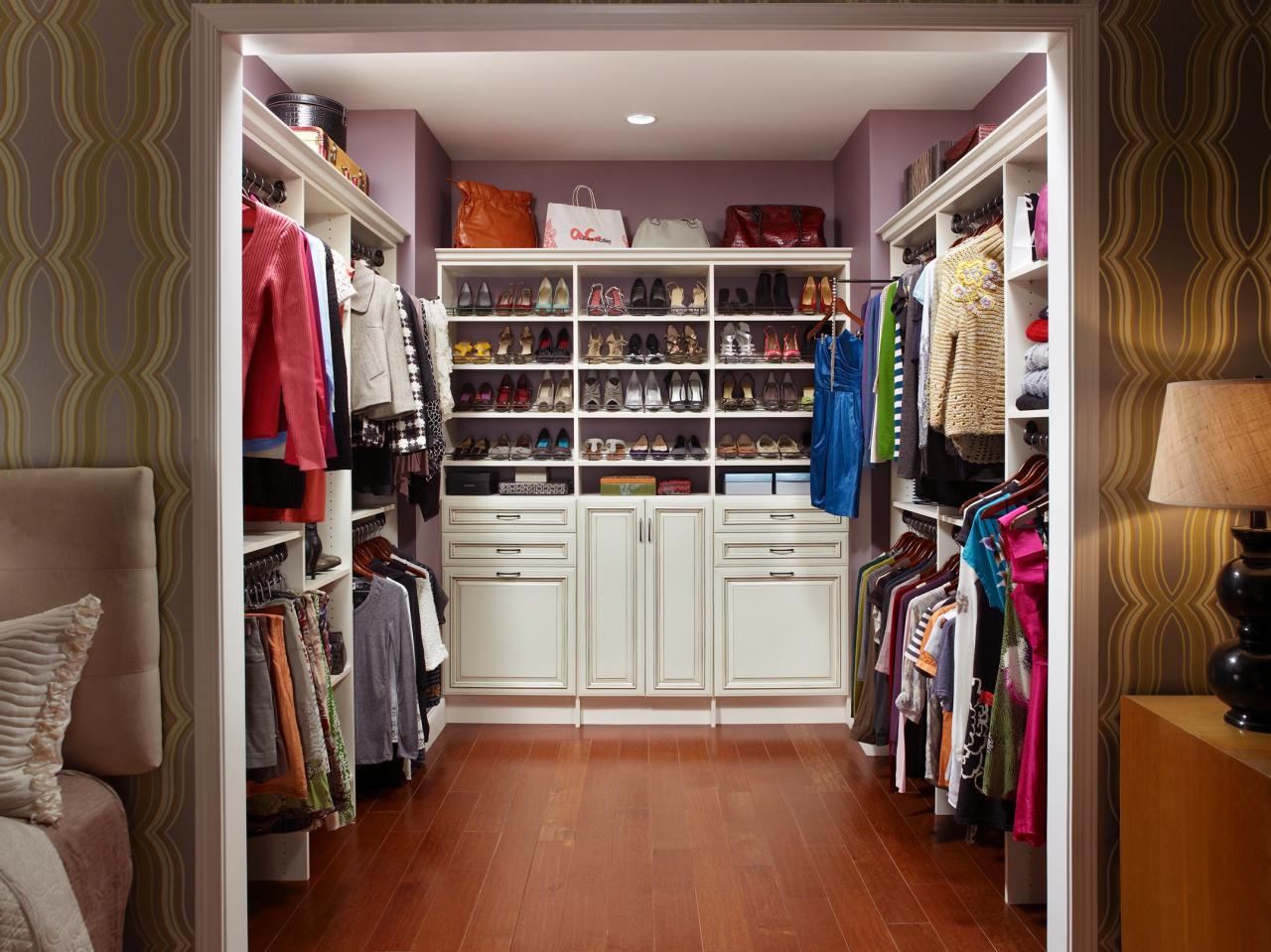
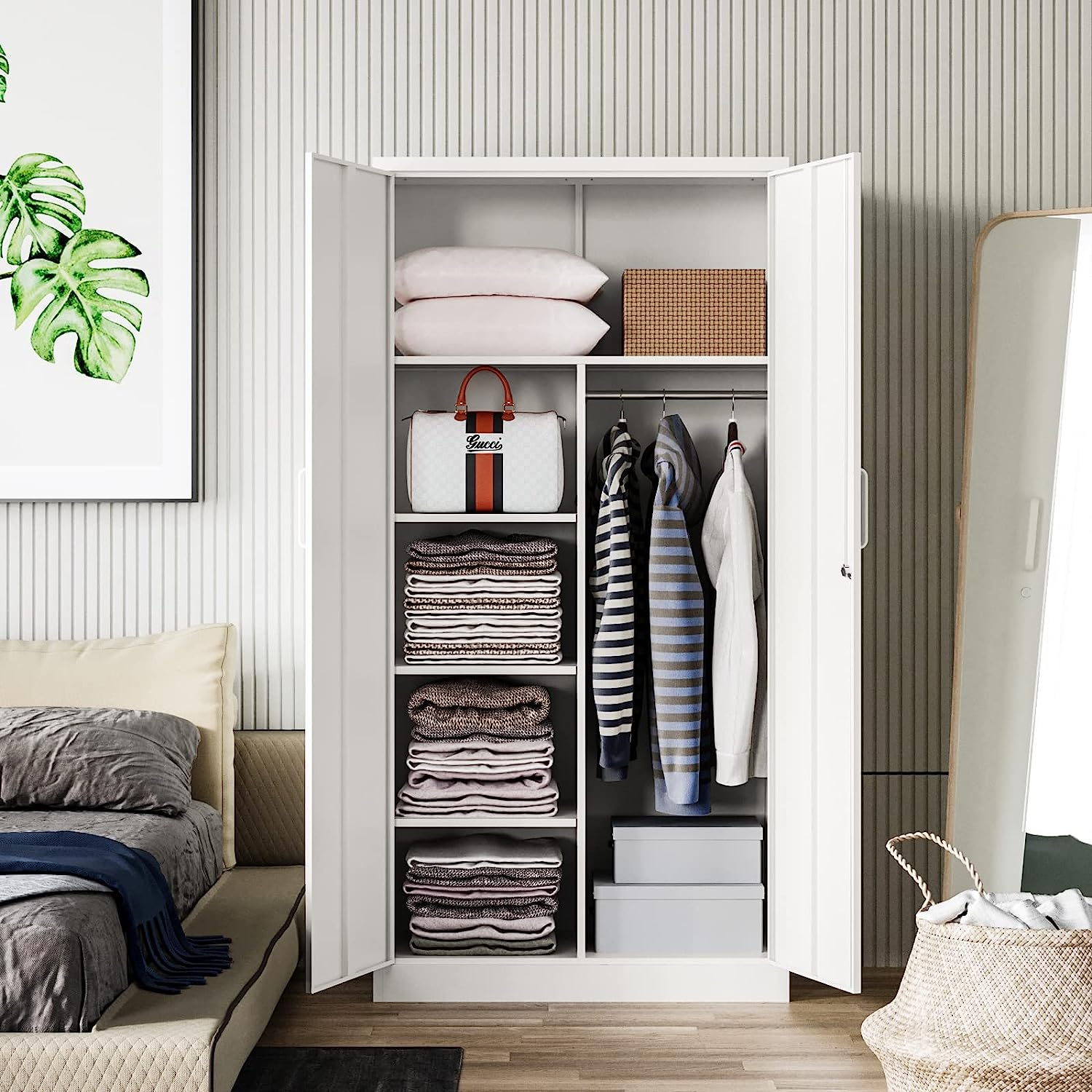
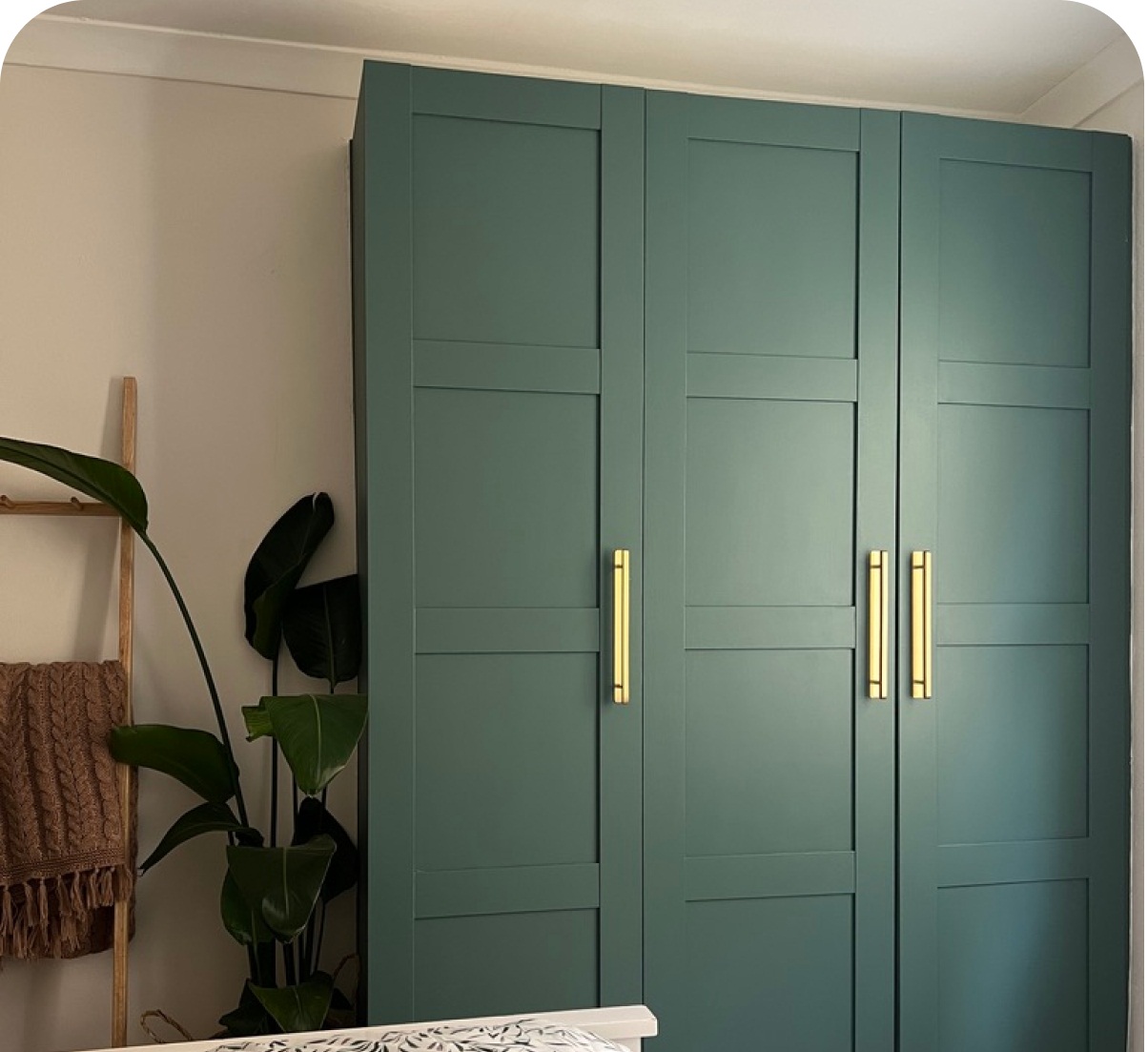
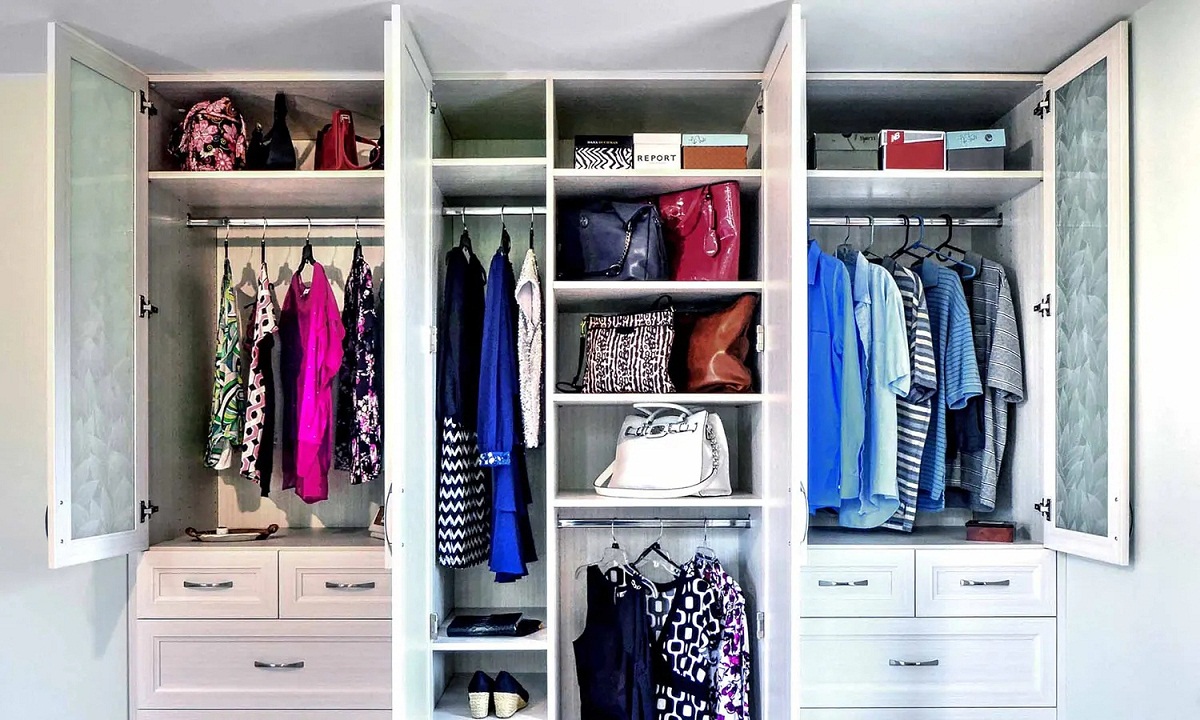


0 thoughts on “What Is A Wardrobe”